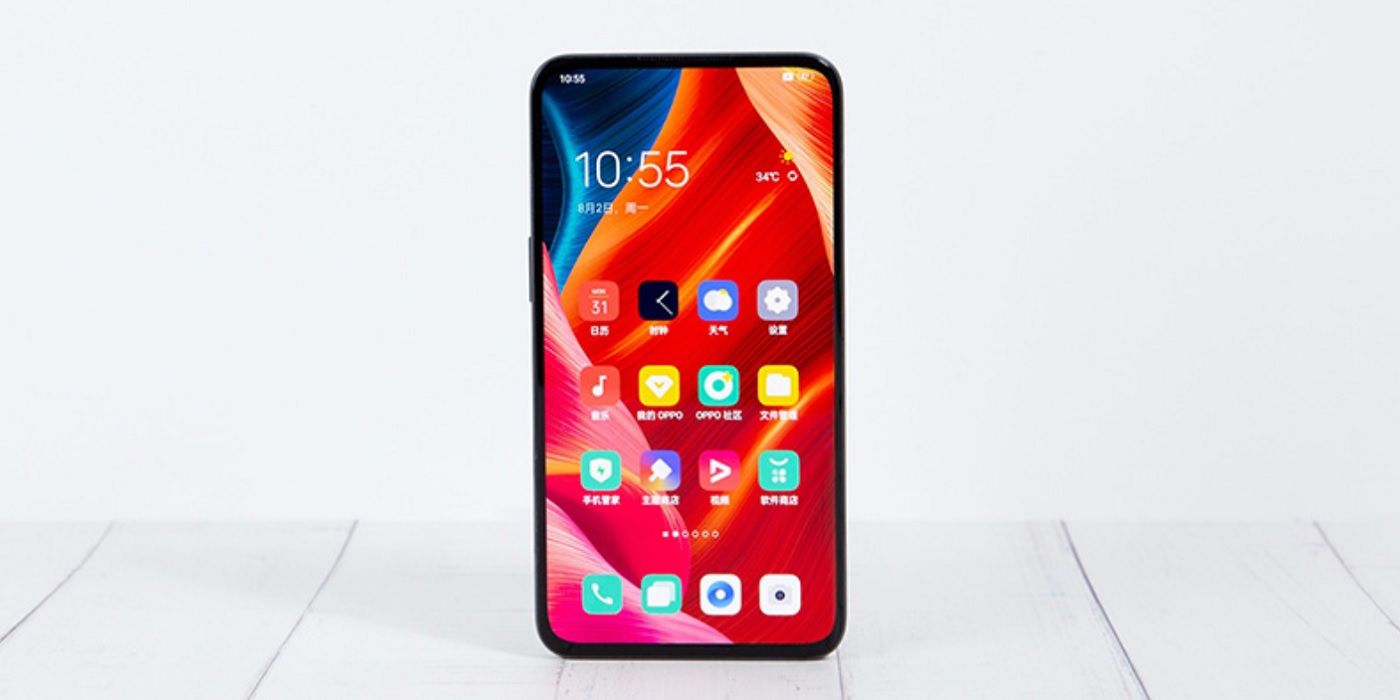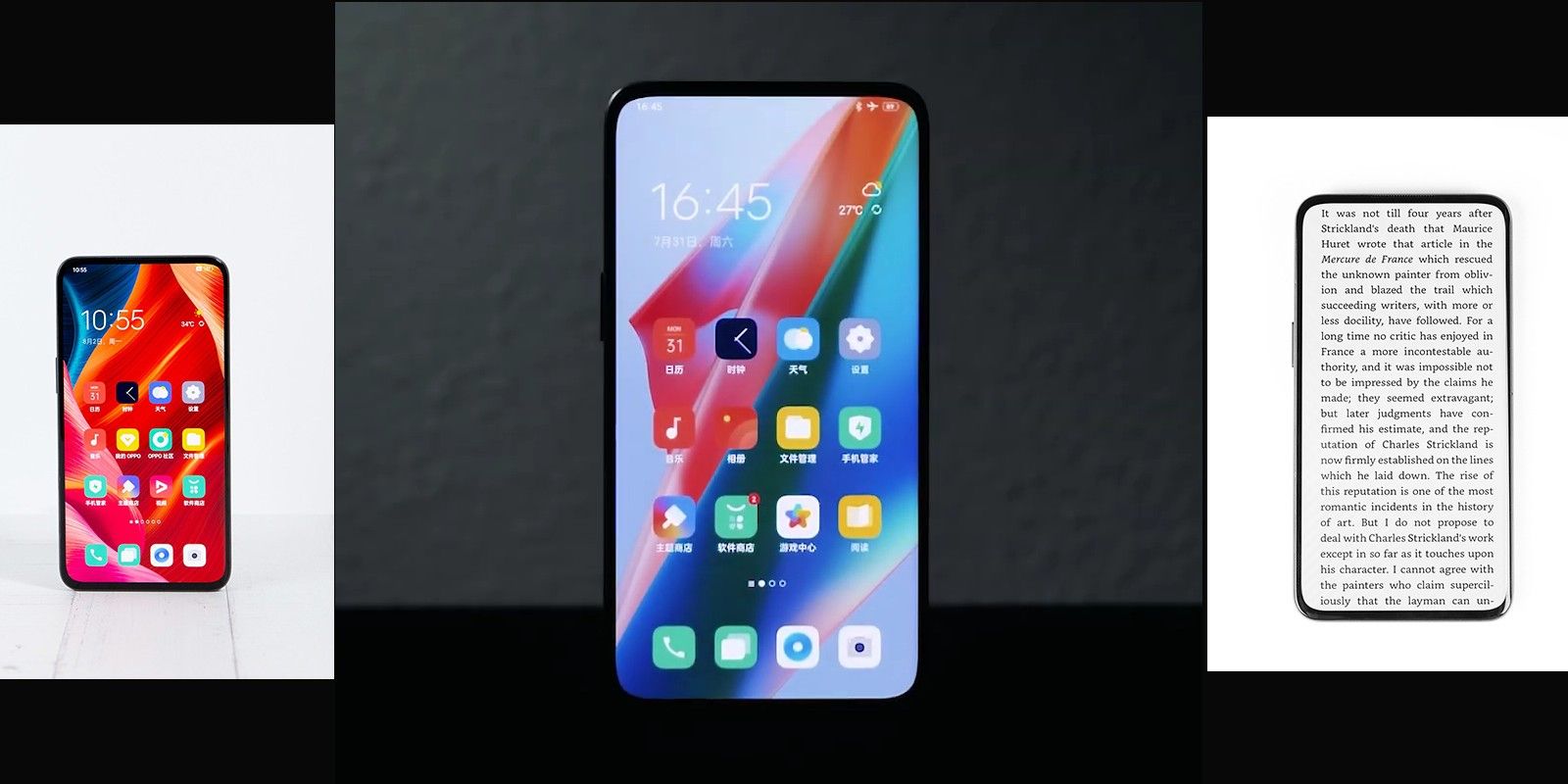Oppo has shown off its second-gen Under-Screen Camera (USC) technology, and from the looks of it, the Chinese smartphone brand appears to have done an impressive job this time around. Oppo first gave a glimpse of its innovative camera tech back in 2019, but the same is yet to appear on a commercially available Android phone from the company. However, there are already a few phones out there that come armed with this novel camera-hiding tech, with ZTE taking the lead in the commercialization of this solution. The new ZTE Axon 30 has done an impressive job of boosting the pixel-density above the camera lens region to 400PPI, significantly improving the clarity.
In comparison, when the ZTE Axon 20 arrived with the USC tech last year, there was a visible blurriness on a tiny screen area sitting above the camera. It was visible while scrolling the UI, and even though algorithms tried some trickery, the blurriness also appeared in selfies captured by the front camera. The other major player reportedly experimenting with the tech is Samsung, and its first attempt might break cover as early as this month. The electronics giant is reportedly bringing its under-display cameras to its next foldable flagship - the Galaxy Z Fold 3.
Oppo’s second-gen under-screen camera tech appears to be solid, at least after taking a look at the teasers and the lone selfie camera sample shared by the company. The company says it has solved some of the key issues associated with USC implementation, such as inconsistent display quality above the selfie camera lens, loss in quality of images captured by the front camera, and longevity issues as well. The company claims to have achieved these goals courtesy of a few improvements, with the most notable being re-arranging the pixel geometry. Oppo says it reduced the size of each pixel in the screen area directly above the selfie camera, without reducing the pixel count significantly compared to the rest of the panel.
A Glimpse Into The Future
This pixel-level upgrade helped Oppo achieve a pixel-density of 400 PPI, same as the number touted by ZTE. For the sake of comparison, iPhone 12’s 6.1‑inch Super Retina XDR display offers a pixel density of 460 PPI across the panel. Essentially, on-screen content will appear uniform and users won’t have to tolerate an ugly blurry dot at the top. Oppo has also employed a transparent wiring material and used a new 1-to-1 pixel circuit solution to further improve the screen viewing experience. The industry standard is using one circuit to drive two pixels, but Oppo claims to use one circuit for each pixel to achieve more precise control over brightness and color reproduction.
In terms of imaging, Oppo says it has developed new AI-driven algorithms to handle aspects like diffraction reduction, HDR, and white balance. The end result are selfies that are clearer, more natural-looking and without any noticeable quality issues. Unfortunately, Oppo hasn’t provided any details regarding the debut of its second-generation under-screen camera solution. Fellow Chinese brand Xiaomi, which recently demoed an insanely fast 200W charging tech, has also showcased its work on under-screen camera tech and appears ready to commercialize it soon, beginning with one of its Mix-series Android flagships.
Source: Oppo


